If you’re wondering how long it takes for hair to grow, the answer is that it can take anywhere from one month to a year. The amount of time depends on factors such as your age, gender, and genetics. For instance, if you have curly hair then it will probably take longer than someone with straight hair because the curls need more time to form new strands. Especially that the treatment you give to your wet hair can make a lot of change as the hair follicle is more sensitive.
Contents
How long does it take for hair to grow?
The answer to how long it takes for hair to grow depends on factors such as your age, gender and genetics. For instance if you have curly hair then this will take longer than someone with straight because the curls need more time to form new strands.
it is on average an inch a month but also depends on how fast your hair grows,
it is about an inch a month, though it may vary depending on the speed of growth.
If the hairs are naturally curly, and need more time to form new strands. This is why on average an inch a month may not be enough for them to grow long hair; it could take up to two years or longer before you see progress like this!
It’s best not to cut your locks too often either if you’re trying to keep the ends healthy: they can become unhealthy when we go in for cuts every week. On average one will usually wait six months between haircuts but there are those who find that their hairy situation becomes healthier just by going into appointments less often than others do.
How often should I get a cut?
It is best not to get a haircut every week especially if you want your ends healthy. You may also find that when you don’t cut your hair much they become healthier in general!
On average most people can go six months without going in for an appointment so set up reminders for yourself or use apps like Instagram Stories which allow you post daily updates of what’s happening in the world around you (and now events from inside).
We recommend going every six weeks for more manageable locks with less chance of breakage from over-cutting your ends! The cut will help maintain healthy lengths on all parts of your head while still looking trendy and chic as well.
A simple way to keep track is just look at how long it has been since the last time you had a trim – if it has been seven months then go in for another cut this week. There are so many reasons why cutting too often can be bad for your tresses including when you’re getting a dosage of harsh chemicals to keep your locks looking as healthy and shiny as possible.
Problems associated with cutting:
when you go into an appointment for a new style or trim, there are many risks involved. The first one is damage from over-trimming which causes breakage as well as thinning out your locks due to removing too much length at once. Another potential problem when getting haircuts is also ending up with uneven lengths on different parts of your head so if this happens that your ends are not as healthy and looking their best.
Factors that slow down hair growth:
Age, genetics, the temperature of one’s environment (cold weather slows down hair growth), and also any illness that might have caused you to not eat properly or drink enough fluids.
The exposure to the sun can also damage your hair and stop it’s growth process.
There are many things that can affect how quickly your strands grow including genetics as well as any illnesses like diabetes or thyroid problems because these can cause people’s cells not work properly so they don’t produce enough natural oils for their tresses. As we age our bodies produce less of these oils.
While a haircut can make your hair look and feel healthier, not getting one for months or years at a time will only cause it to become dryer and more brittle so you’ll need to get the ends trimmed off as well.
Stress: One last factor we want to mention when it comes to maintaining good health for optimal hair growth is stress! In fact if there’s anything on this list that should be top priority it would be managing your stress levels, for example by incorporating a healthy amount of sleep and meditation.
Diet: What we eat also can have an impact on how quickly our hair grows! It’s not just about what you’re eating but the way it is prepared. For instance if there are a lot of processed foods in your diet, then that will make your body produce more cholesterol which may cause breakage near the ends of your strands where new growth is emerging from follicles deep inside the scalp.
Related articles:
How to use Biotin For Beard Growth? Does it really work?
How to Make Rice Water for Hair: Effects and Benefits
Factors that speed up growth:
There are many factors that affect how fast hair grows. Some people find that the more they cut their hair, the shorter it becomes because of how much breakage occurs with every haircut. If you want your ends healthy then going into appointments less often is best to prevent too many nicks in the strands which can cause them to split and weaken!
The exposure to estrogen which is why female’s generally have longer hair than males since they produce this hormone in much higher quantities during their lifetimes;
Exercise: Many of us don’t realize that exercise is one of the most important factors for healthy hair growth, even more so than diet many times.
When you sweat out toxins and cleanse them from your body they can get in the way of nutrient absorption which will affect how fast or slow your locks grow. The same goes for not getting enough sleep as this also impacts hormone production and slows down cell growth in general resulting lessened thickness to your mane.
The average person’s hair grows at a rate of about an inch per month or six inches annually. The process takes around two years, but it will vary depending on a number of factors including age and genetics.
Factors that speed up growth include the exposure to estrogen which is why female’s generally have longer hair than males since they produce this hormone in much higher quantities during their lifetimes; how often you wash your tresses with shampoos containing sulfates (sodium lauryl sulfate) because these products tend to strip away natural oils from strands making them weaker); if you eat foods rich in protein like eggs or green leafy vegetables because protein contributes towards healthy hair growth.
A haircut can make your hair grow faster if it is damaged from styling or heat damage.
A trim will remove any split-ends, which are hair strands that have been cut off and left to grow out because they had been snapped in two by the comb or brush during brushing.
This leaves them vulnerable to breakage as they continue growing so it’s better for them if you get rid of those before they have a chance to do more harm!
Trimming an inch per month can make your tresses seem longer without having to wait years on end while new hairs grow in; plus this way every time you go see your hairstylist he/she will be able to create a haircut that makes sense with how much length you’re currently rocking.
Anatomy Hair grows at both ends of your follicle and doesn’t grow in the middle.
New hairs are always coming into play, pushing older ones out to make way for them; so how long it takes an individual hair strand to “fill” varies based on genetics.
The average person sees about a half inch per month growth rate but if you have damaged or thinning hair from styling heat tools then air will grow faster if it is damage from styling or heat damage.
What are the best foods for hair growth?
- Folic acid, B vitamins (especially biotin), protein and zinc; these nutrients help to build the hair follicles at both ends of your strands.
- Omega-rich foods such as salmon or walnuts can supply a healthy dose of essential fatty acids that nourish the scalp and boost blood flow to promote faster growth.
- What are some tips for growing long hair?
- Get it trimmed regularly: This will allow you to see how much length you’ve grown without waiting years on end while new hairs grow in; plus this way every time you go see your hairstylist he/she will be able to create a haircut that makes sense with how much length you’re currently rocking.
- Use heat sparingly: It’s no secret that regularly styling your hair with heat tools – curling irons, blow dryers, hot rollers and straightening products- can cause significant damage to the structure of strands.
- Keep it healthy: Keep up on a regular trimming schedule for best results. Plus stay away from any treatments or haircare products containing sulfates (detergents) as they are known to strip moisture and lead to breakage.
- Use gentle conditioner rather than shampooing too often: Shampoo strips out natural oils from our scalp; so while you should definitely wash every day there is nothing wrong with using a light rinse followed by a conditioning treatment afterwards if need be.
What are the supplements I can take to speed up hair growth?
- Biotin: One common supplement for faster hair growth is biotin. It’s a water soluble vitamin that naturally occurs in many foods we eat, including eggs and soy milk.
- Vitamin C: Though this might not be considered an essential nutrient, taking 1000mg of supplemental vitamin c can help add luster to your locks. Plus it strengthens the immune system which may improve how quickly you recover from illness and injury, just another great side effect!
- Iron: Protein supplements are also said to promote healthy hair growth but their benefit has been debated by some experts. Still iron deficiency can lead to shedding so eating plenty of meat or spinach will ensure you have sufficient levels of this important nutrient on hand at all times.
- Omega-fatty Acids: These are the building blocks of our cellular membranes, which helps transport nutrients into cells so you need to make sure your diet includes sufficient amounts for healthy hair growth. Foods that contain omega fatty acids include walnuts and salmon.
- Vitamin D: Low levels of vitamin D in children have been associated with increased shedding but there is currently not enough evidence to suggest this will lead to any long term problems or risks when it comes to hair growth. Still low levels may be a sign of an underlying health condition such as Crohn’s disease or celiac disease. So if you suspect something might be wrong it’s important to consult your doctor about how best to get tested for deficiencies since they can have a huge impact on how well your hair grows.
On that note, stay healthy and happy self care!
Related articles:
5 Things You Need for Dry Natural Hair
How You Can Save Your Hair From Breaking: Causes, Preventions and Treatments
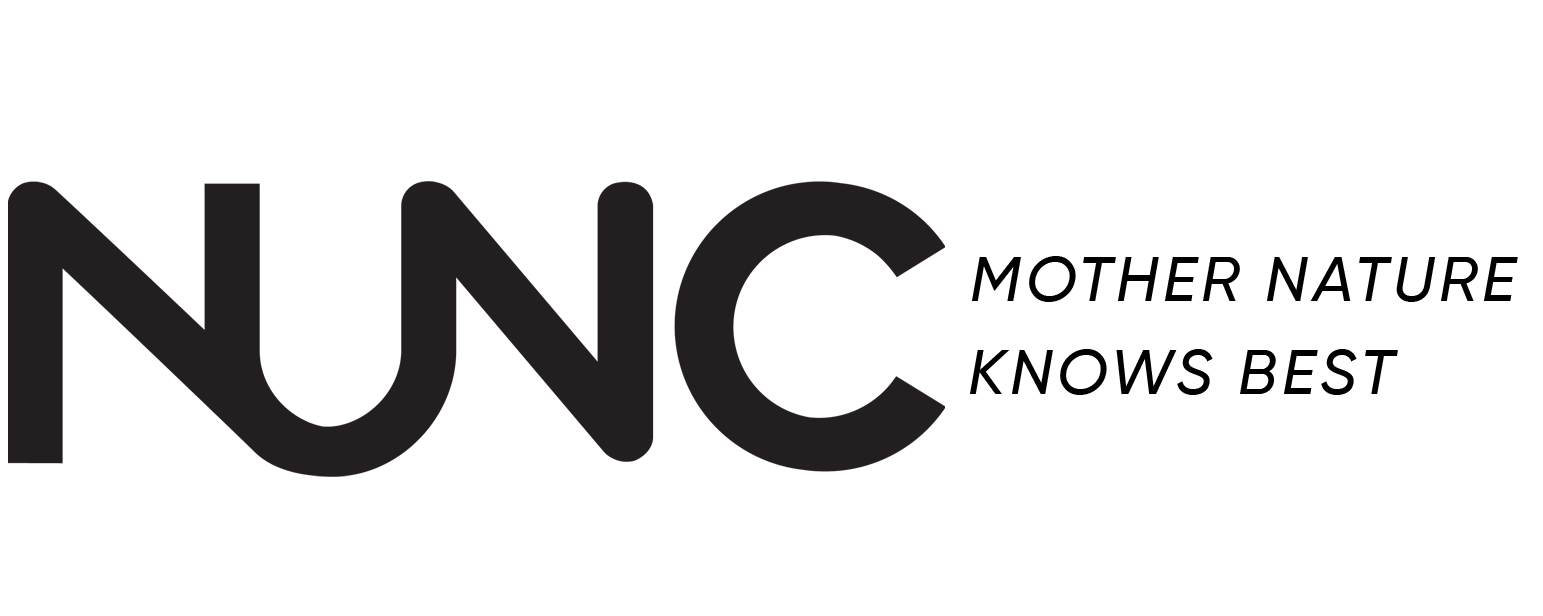
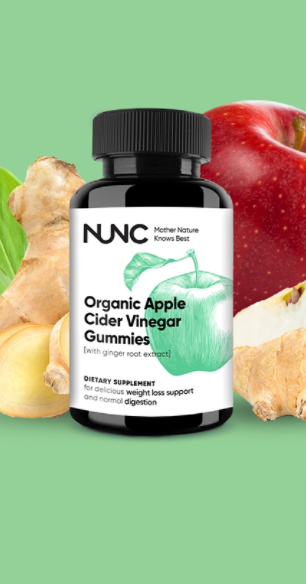



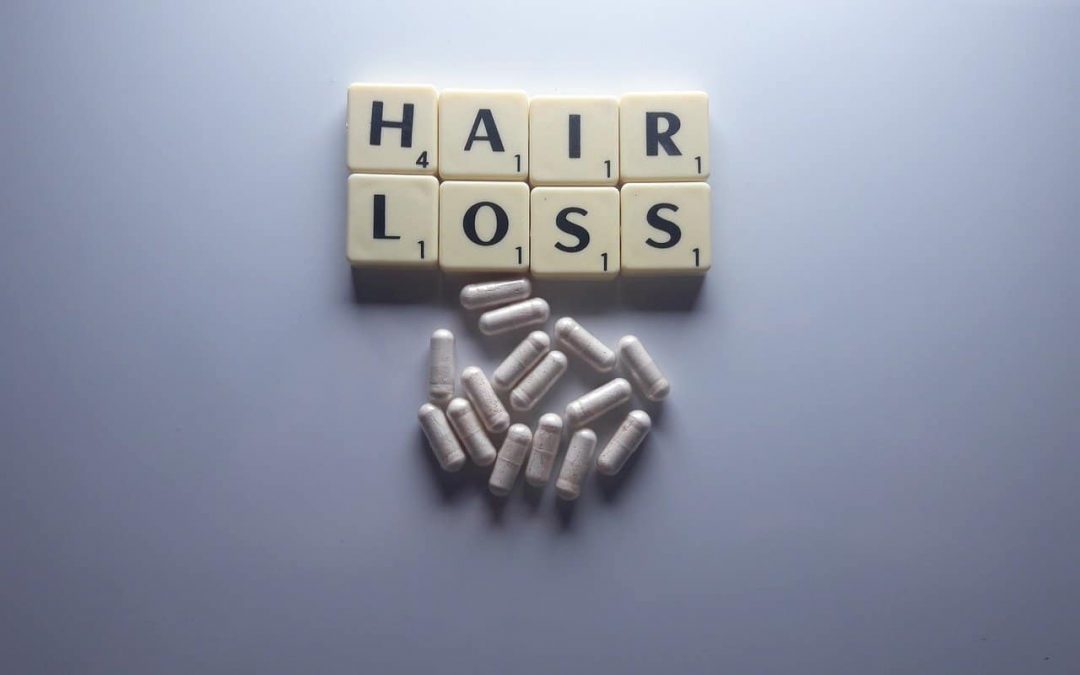

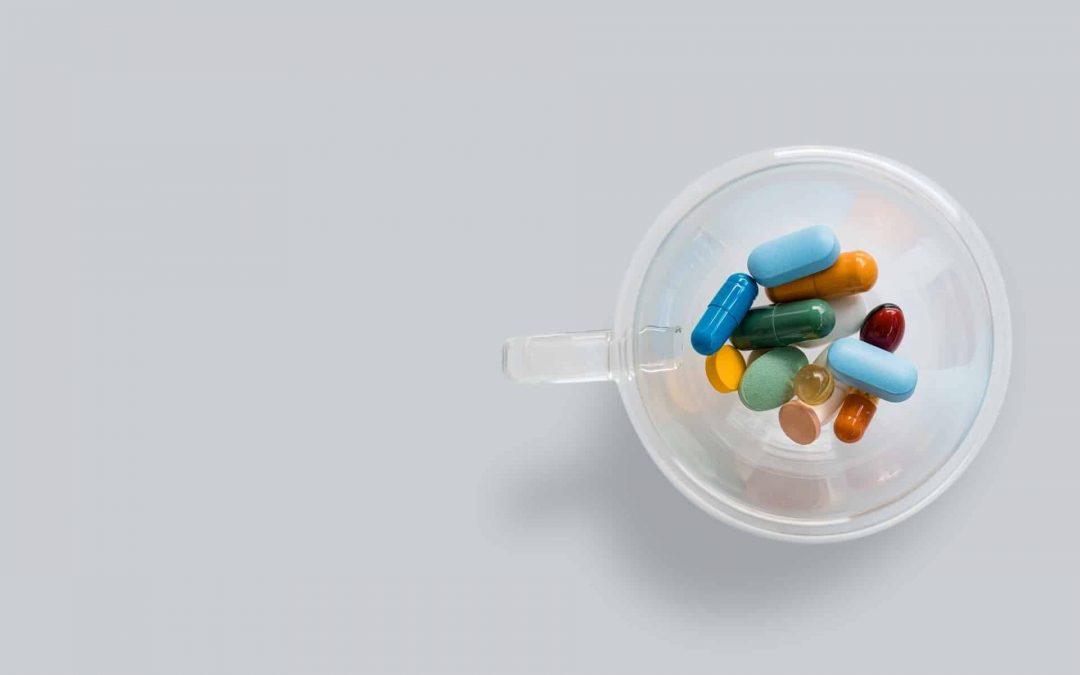
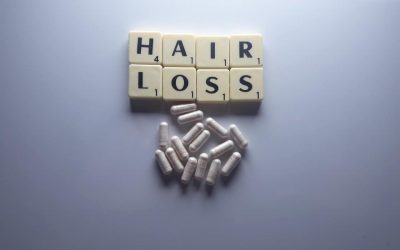

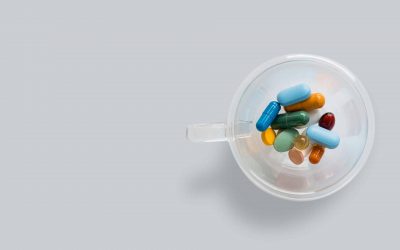
0 Comments